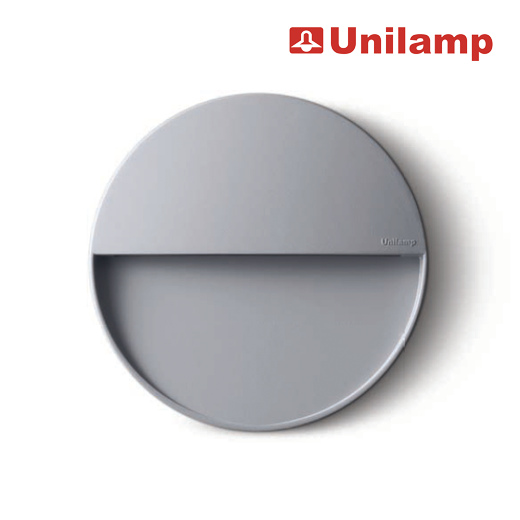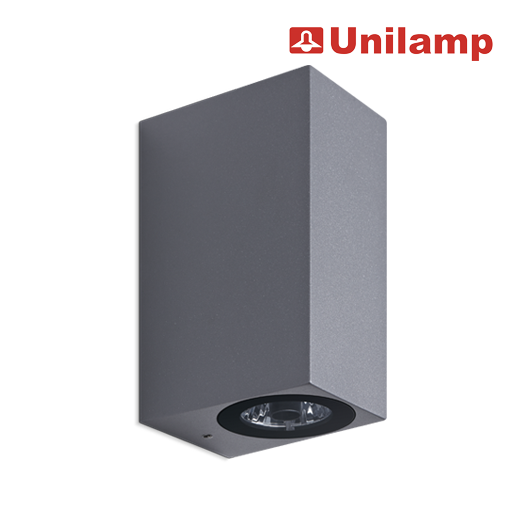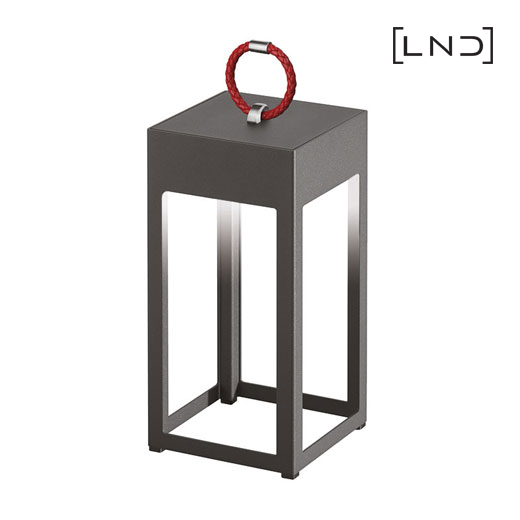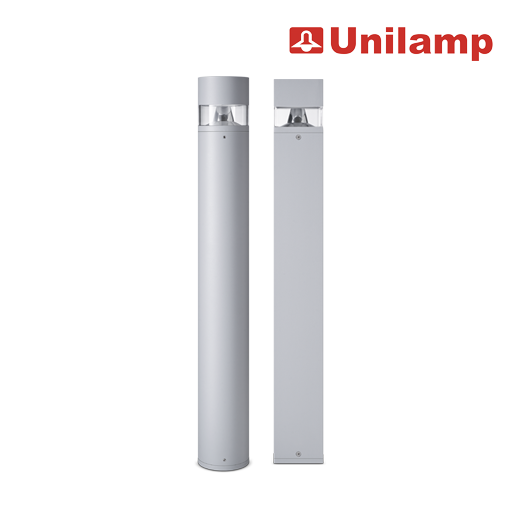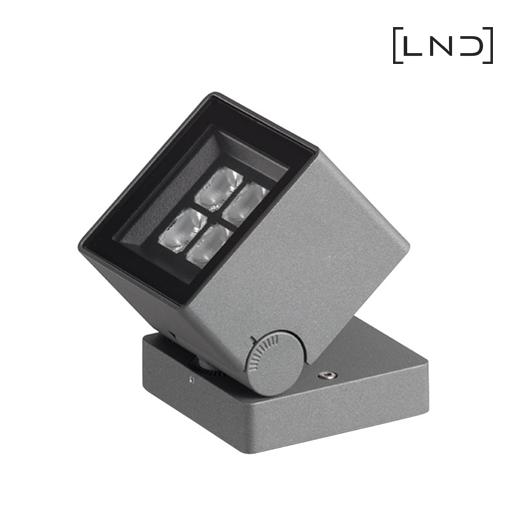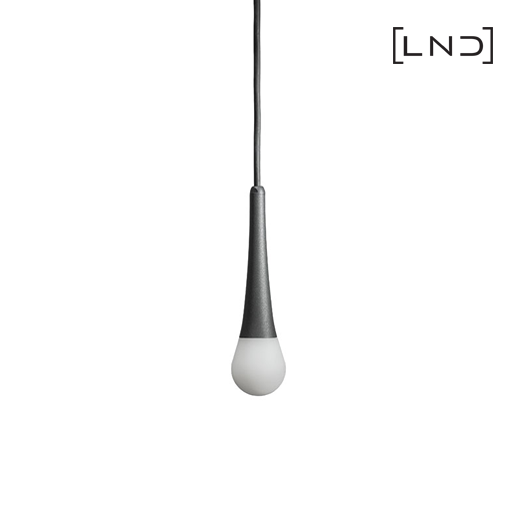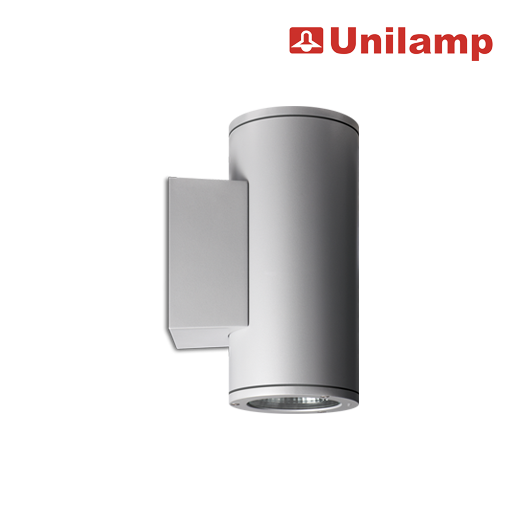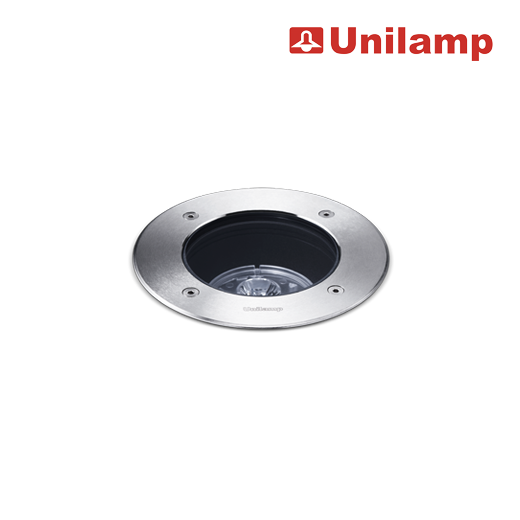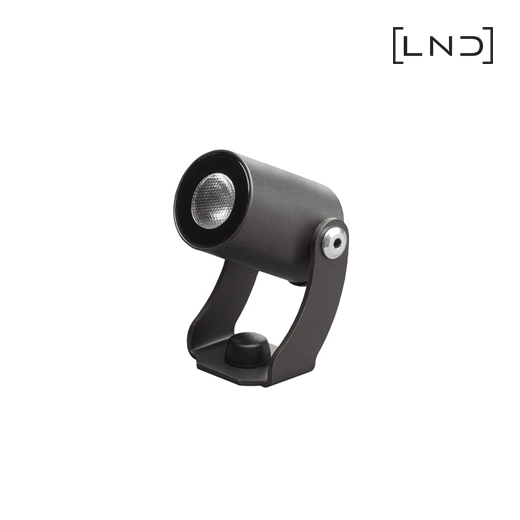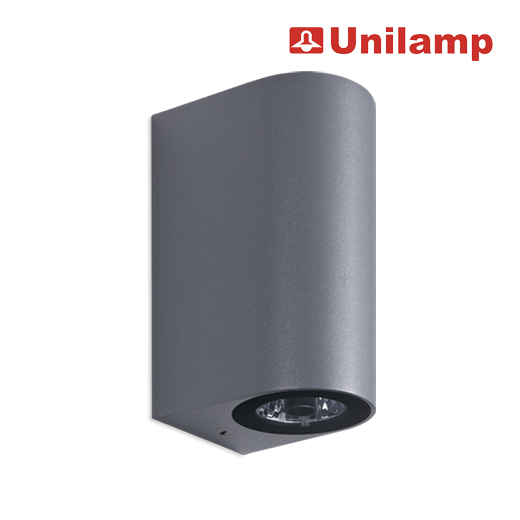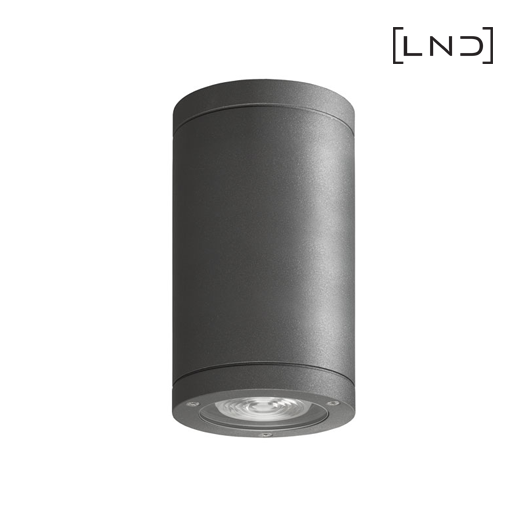If you’re looking to take your landscape design up a notch, a little lighting goes a long way. Whether you are designing for a small courtyard, a patio entertainment area, driveway or a large backyard, lighting can add life to any landscape space.
How to Light a Landscape
When it comes to lighting your landscape, it’s important to consider functionality, aesthetics, security, layered lighting and energy efficiency. There are several ways to brighten up your landscape and it can be difficult to know where to begin. By thoughtfully considering these key elements, you can seamlessly blend them to create a lighting and energy solution fit for your desired results.
Here are some landscape lighting techniques to consider applying to your space:
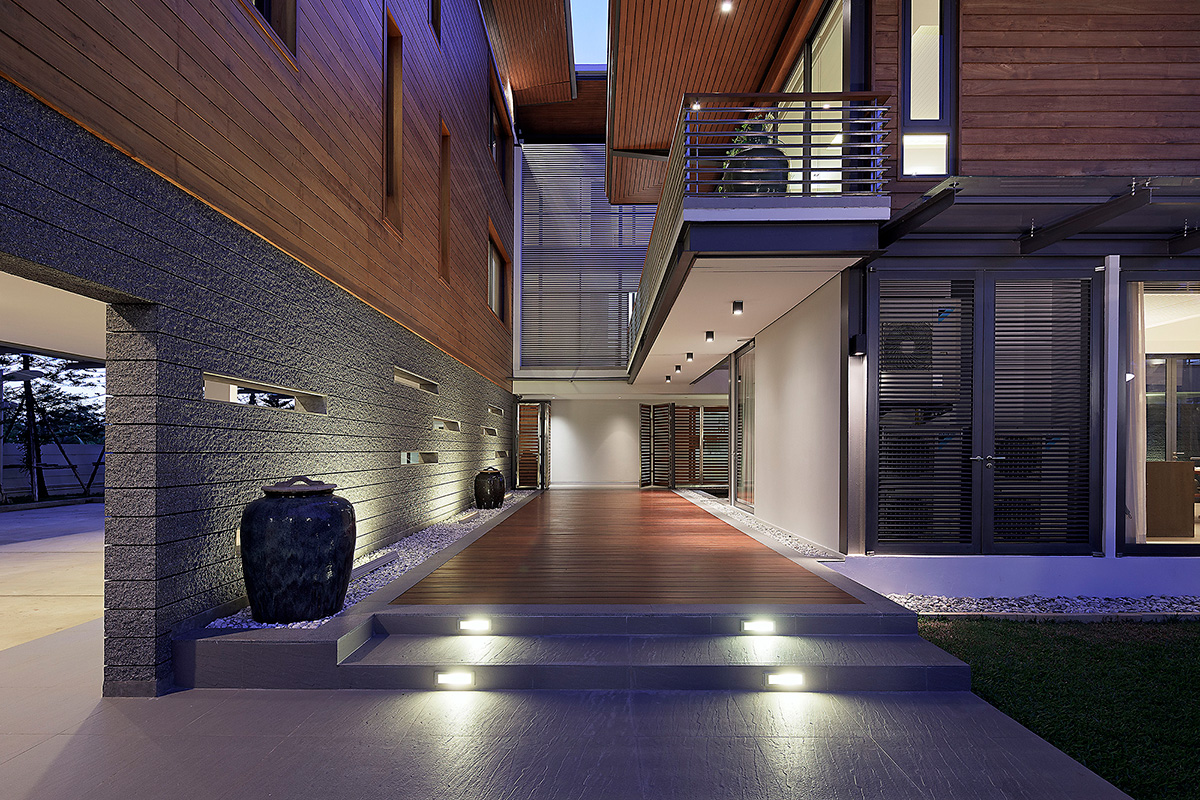
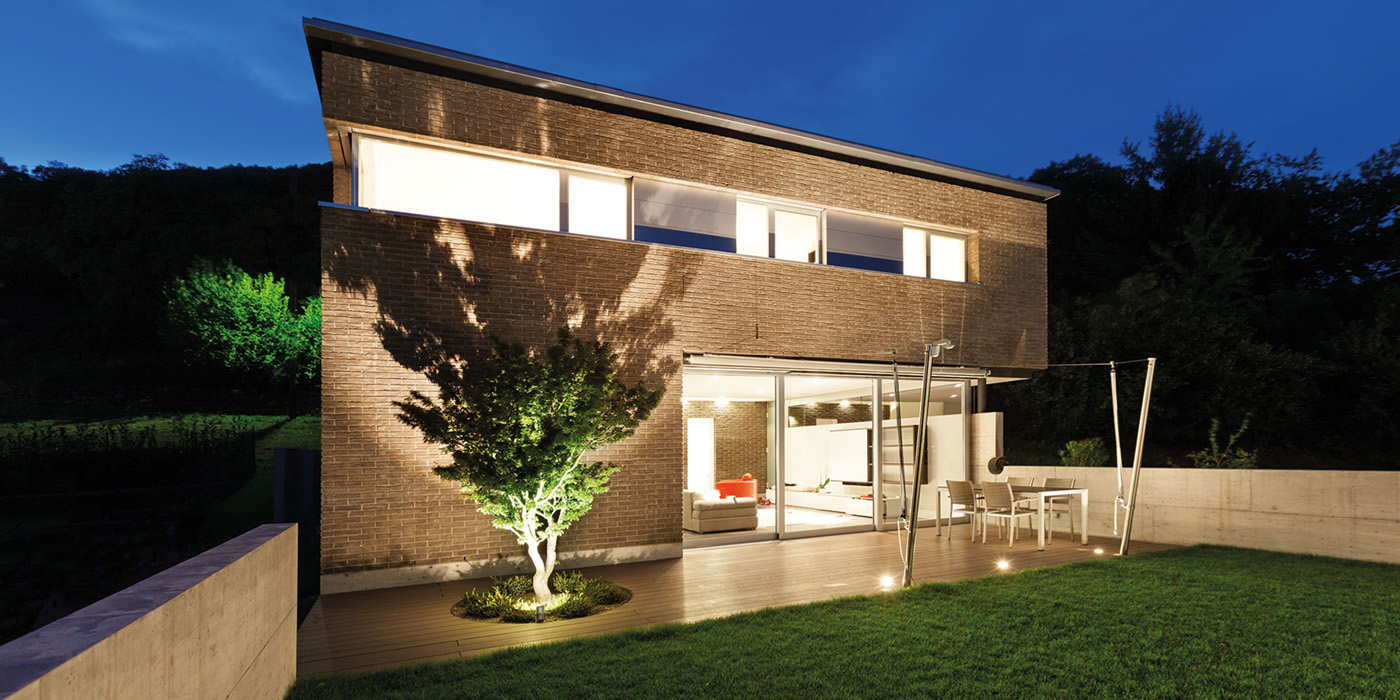
Path Lighting – One of the most commonly used techniques, path lighting creates safety and security along a walkway or driveway. From spotlights, wall lights, bollards and step lights, these luminaires can offer visibility and ambience allowing those using the space to safety navigate their way throughout the area.
Up Lighting – Up lighting is a technique to shine the light upwards. Inground lights, spotlights and floodlights can be used to achieve this effect. Illuminating architectural features can create a dramatic look and makes the tree or structure appear taller. It can also add safety and security for pathways, driveways, stairs and decks during the night.
Silhouetting – Also known as backlighting, this technique involves placing the light source behind the object. It’s best used when there is a wall behind a plant with the light directed towards the wall. This allows the side of the house to be lit up and also provides a sharp contrast between the object and its background.
Shadowing – The reverse of silhouetting by placing and aiming the light source in front of the object. This works particularly well when it casts a shadow against a wall or surface behind the object.
Down Lighting – This involves shining the light downwards. This is a simple technique and can achieve a more natural look for your landscape. Light fixtures can be placed on trees, walls, pathways or under eaves.
Moon lighting – A form of down lighting, this technique is most effective when used on large trees in your garden. The light fixture is placed high up on the tree itself and aimed downwards to create the sense of moonlight shining through them. It mixes the light from overheard and the shadows from the tree’s branches. This technique combined with up lighting can create a striking result.
Wall Washing – If the space requires more ambient lighting, you can try flooding a large wall or surface to cast a uniformed gentle glow over the space. Light fittings such as flood lights and inground lights with a wider beam angle will work for this technique.
Grazing – This technique is used to accentuate the textured surfaces of a home’s façade, columns or walls. The light source is placed within a foot of the surface and aimed parallel to it. It creates shadows and highlights the indentations of the raised areas. This is a good option for homes with irregular and rough patterns to show off your stonework or concrete walls.
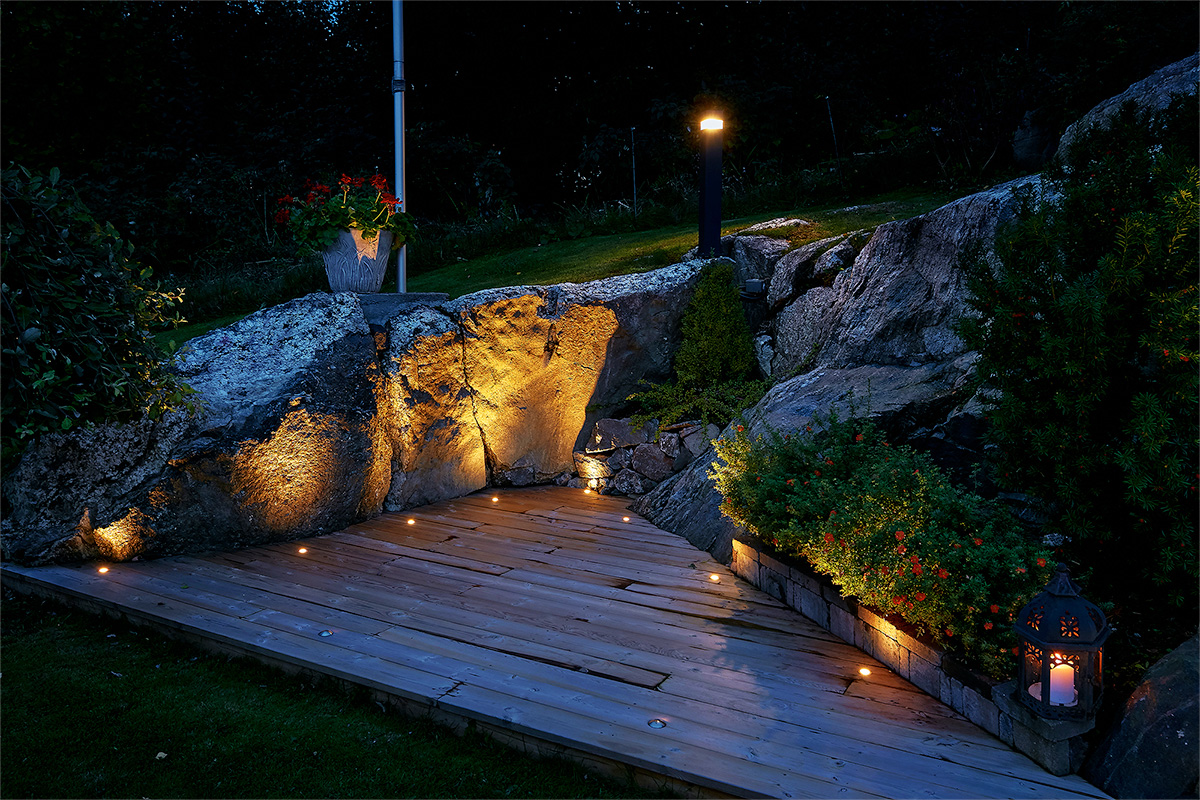
Need a little more help?
Our experienced team of lighting designers are here to assist you with for you next landscape lighting solution. We offer a versatile range of exterior lighting choices from decorative wall lights to pathway lighting and many more. Any of these luminaires can be used to illuminate your outdoor space whilst maximising energy efficiency. Contact your local LPA representative today to transform your landscape space.


